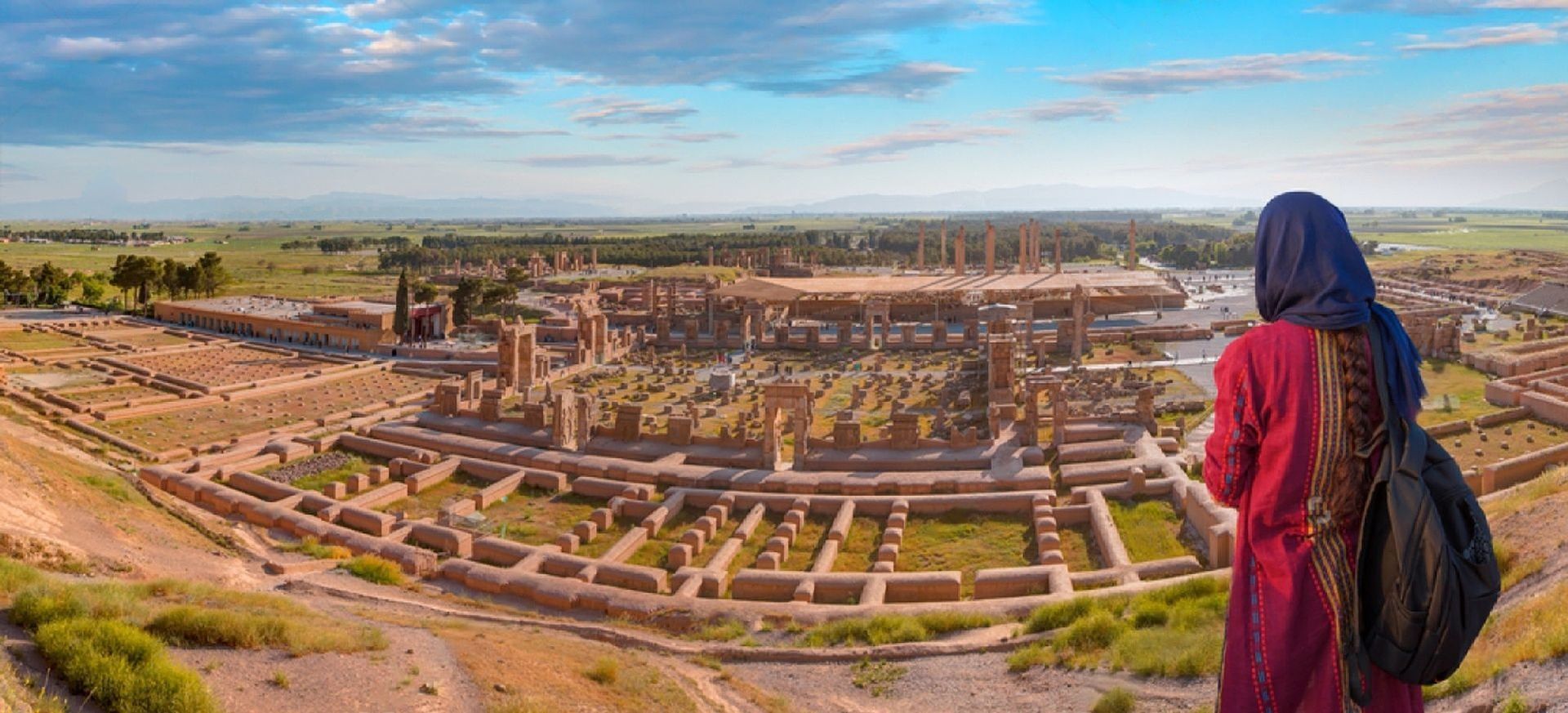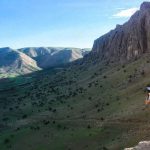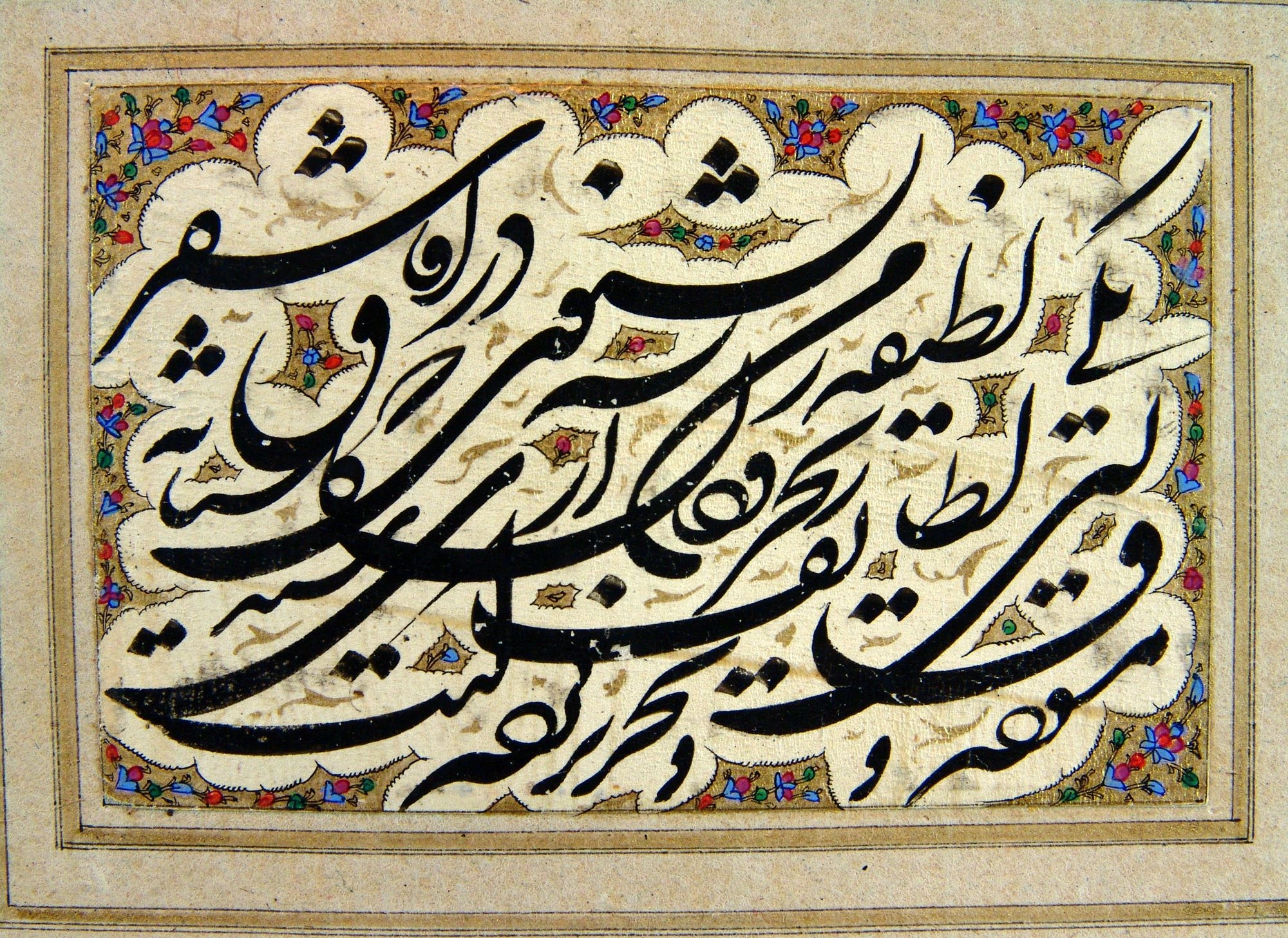
BEST Iran Historical Sites (TOP Historical Places in Iran)
Countries with ancient backgrounds have many relics from their old times. Iran as one of the most ancient countries is full of historical sites and attractions. In fact, when you are in Iran and Iran Historical Sites, you are walking in the atmosphere of history. Perhaps you won’t believe it, yet if I dig deep into the ground of my room right now, I’m gonna find an antique statue or perhaps a tunnel to a clandestine castle (LOL). If you want to know about the secrets of ancient Persia, follow me.
Why Visit Historical Sites in Iran?
Once a friend asked me: “what’s so interesting about these historic places in Iran”. I said: “apart from all the enthusiasm we have about the ancient Persia and its relics, and other than the attractiveness of Iran historical sites by any means of art and beauty, these landmarks can function as our teachers. They teach us a lot about the culture of ancient people, their definitions of civilization, their turning points, their weaknesses and mistakes”.
Well, my friend, Iran is a good teacher for you. The historical attractions in Iran are interesting and fun, yet they testify the fact that time flies like a bird, kings die, kingdoms fall, and nobody can change the reality. Historical places in Iran return to different kingdoms and periods. From Achaemenids to Pahlavi’s kingdom, time is the constant viewer. Castles change through time, architecture changes through time, civilization changes through time, and the question remains that “does human being learn from history and change”?
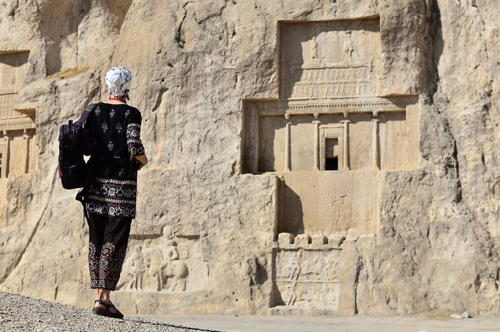
Iran Historical Sites
Historical sites in Iran are too much in number, and they are indeed diverse. The fact that there are so many historical places in Iran refers to its long history. People have been living a civilized life in Iran for thousands of years. Through these thousands of years, many kingdoms came to power and left. The diversity of these different kingdoms and their tastes of religion, culture, and ruling is perhaps the reason behind the diversity in the settings of Iran historical places.
There are lots of historical attractions in Iran. These attractions include tangible and intangible heritages of this old civilization. Intangible heritages refer to those that are not concrete as a construction. Such heritages include musical innovations, artistic methods, festivals, rituals, inventions, innovations and so on. Tangible heritages yet are visible and visitable such as cities, castles, temples and etc. The most popular UNESCO world heritage sites in Iran are:
Iran Historical Sites – Bistoun (Behistun)
As one of the most marvelous Iran historical sites, Bisotun lies in Kermanshah. Bisotun is almost a history book; because it has caves from the stone age, remains from 4000 years ago, and historical attractions left from a few hundred years ago. This long range of history, all in Bisotun area shows the importance of this place for different dynasties. There are 28 historical landmarks in Bisotun that are nationally recorded as tangible heritages including different stone relieves, caves, caravanserai, and castle.

Iran Historical Places, Golestan Palace
One of the UNESCO world heritage sites in Iran is Golestan Palace, a mansion with 4 centuries of history. Golestan was built up in the age of Shah Abas the 1st. Later in the age of Qajar, Agha Mohamad Khan, the 1st Qajar king, paid Golestan Palace a lot of attention; since it was one of the most beautiful mansions in Tehran. This Iranian historical site has been a place for different ceremonies and historical events in the period of Qajar. The architecture of Golestan is indeed inspired by Safavid Iranian Islamic architecture; though in the age of Nasiruddin Shah, the king applied some European styles of architecture to this palace. Golestan Palace has many halls, chambers, rooms and two libraries.
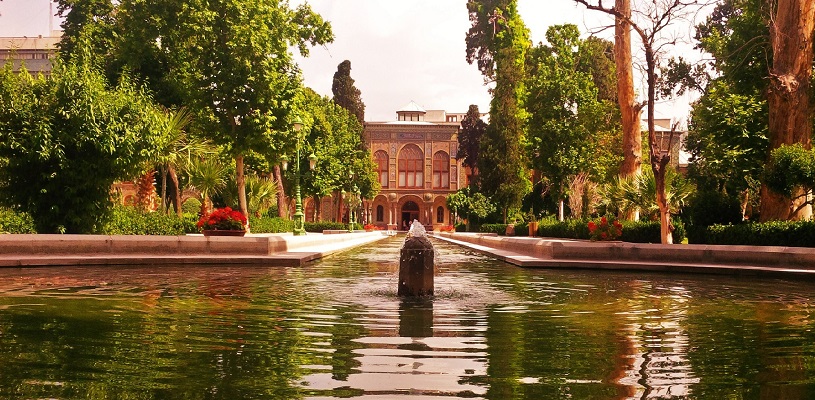
Naqsh-e Jahan Square – Historical Sites in Iran
Naqsh-e Jahan Square is one of the most popular Iran historical sites in Isfahan city. Before Safavid period, this region was filled with Naqsh-e Jahan Garden. Later, when Shah Abbas the 1st came to power, he constructed this square as a headquarter in Isfahan. Aliqapu, Shah Mosque (Imam Mosque), Sheikh Lutfullah Mosque, and Qeisarie gate are 4 important historical sites in Naqsh-e Jahan square. Aliqapu was the governmental center of Safavid kingdom.
Sheikh Lutfullah Mosque and Shah Mosque are two spectacular mosques of Safavid age. These mosques are decorated with Islamic and heavenly mystical settings in architecture and view. Shah Abbas the 1st was so interested in Islamic philosophy and it is mentioned that he used to urge his architects to participate in philosophical sessions, to learn how to perform the Islamic philosophy in their architecture. That is perhaps one reason that these mosques are in harmony with Islamic mystical backgrounds. On the other hand, Qeisarie gate was the entrance to Isfahan great bazaar. With these historical sites, Naqsh-e Jahan Square is a lovely place to visit.

Top Iran Historical Sites – Persepolis
Persepolis is one of the most important historic places in Iran. This city was built and improved by Darius the Great as one of the ceremonial capitals of the Achaemenids. This great Achaemenid king built this place with amazing structures! After Iranian architects cleared the mountain, they built a city in the corner to protect it from earthquakes. It is believed that they built it in harmony with the natural situations such as the surrounding mountains and plains to organize the best urbanization strategy. This city, as we know it, was not built for public life. Persepolis is believed to be dedicated to the celebration of the king and his rulers. History also mentions that two Iranian holidays (Nowruz and Mehrgan) were celebrated in Persepolis.

Top Historical Places in Iran – Pasargadae
As one of the most popular UNESCO world heritage sites in Iran, Pasargadae is a historical city with remains from Achaemenid age. The antiquity of this Iran historical site refers to middle stone age, yet the brilliance of Pasargadae is a gift of Cyrus the 2nd, Achaemenid king. This historical city is in a large plain, surrounded by mountains. It holds the tomb of Cyrus the great, the Iranian just leader, inside it. There are also the remains of some ancient castles in this ancient city. Historical clues mention that Pasargadae used to be a garden back in Achaemenid kingdom. Pasargadae is even older than Persepolis and it is believed to be the first capital of Achaemenids.

Iran Historical Sites – Shahr-e Soukhteh
Not only as a great Iran historical site, but also as one of the most developed ancient cities in world, Shahr-e Soukhteh exists in Sistan and Baluchistan. Shar-e Soukhteh means The Burned City. People call this place so, for the first visitors of this ancient city, believed that it is a burned city, yet historical clues show different results. According to clues, the reasons behind Shahr-e Soukhteh destruction is wind and water. As the oldest explored city in the world, Shar-e Soukhteh has some unbelievable relics. The first animated image, the first artificial eye, a game board like chess, and the first watering system of the globe are some examples.

Keywords: the city with the most historic sites in Iran, Iran ancient sites, historical place in Iran, historical places of Iran, Iran historic sites, Isfahan historical places

